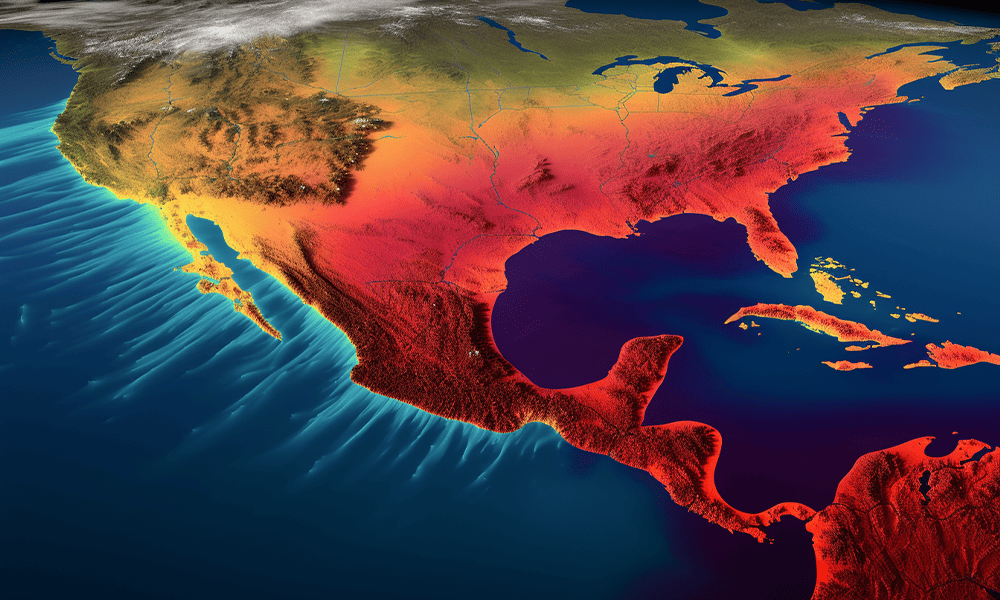The upcoming cold front season in Costa Rica for 2023 is anticipated to show a noticeable change from what’s usually expected, with predictions pointing towards less frequent and notably milder cold fronts.
This assessment has been put forth by specialists at the National Meteorological Institute (IMN), who identify the El Niño phenomenon as the primary driver behind this change.
“Throughout the occurrences of El Niño in the past, a recurring pattern has been observed. Based on this pattern and current data, we anticipate a reduced number of cold fronts for this year. In fact, there might only be a singular extreme weather event, specifically in the province of Limón,” explained Luis Alvarado.
For context, Costa Rica’s cold front season traditionally kicks off in November and concludes around February.
Delving deeper into what an ‘extreme event’ encapsulates, Eladio Solano of the IMN clarified, “Such events can manifest in the form of potent wind gusts, potentially reaching a staggering 100 kilometers per hour in mountainous terrains. Additionally, the Caribbean region might witness a deluge, receiving rainfall amounts that are well beyond the norm.”
Interestingly, the Central Valley isn’t completely exempt from this weather shift.
“Although we are entering the dry season, occasional rain showers in the Central Valley aren’t off the table,” Solano added, emphasizing the unpredictable nature of weather patterns.
In terms of the broader climatic cycle, the onset of the dry season across the nation is slated for November, adhering to its usual timeline. Another noteworthy point is the impact of the cold fronts on the Caribbean’s marine environment. These fronts intensify wind patterns, leading to heightened wave activities.
“Historically, from November through January, the Caribbean witnesses elevated wave conditions. These are predominantly due to the powerful winds originating from the north,” elaborated Omar Lizano, an expert from the Center for Research in Marine Sciences and Limnology (Cimar-UCR).
In light of current predictions, the Caribbean might see waves soaring to heights of approximately 1.8 meters. When combined with the El Niño-induced sea-level rise, certain regions might grapple with the dual challenges of flooding and erosion.
Reflecting on historical data, during the 1997-1998 period under El Niño’s influence, the sea levels escalated by an astonishing 60 centimeters, spelling disaster for coastal regions through extensive flooding.






